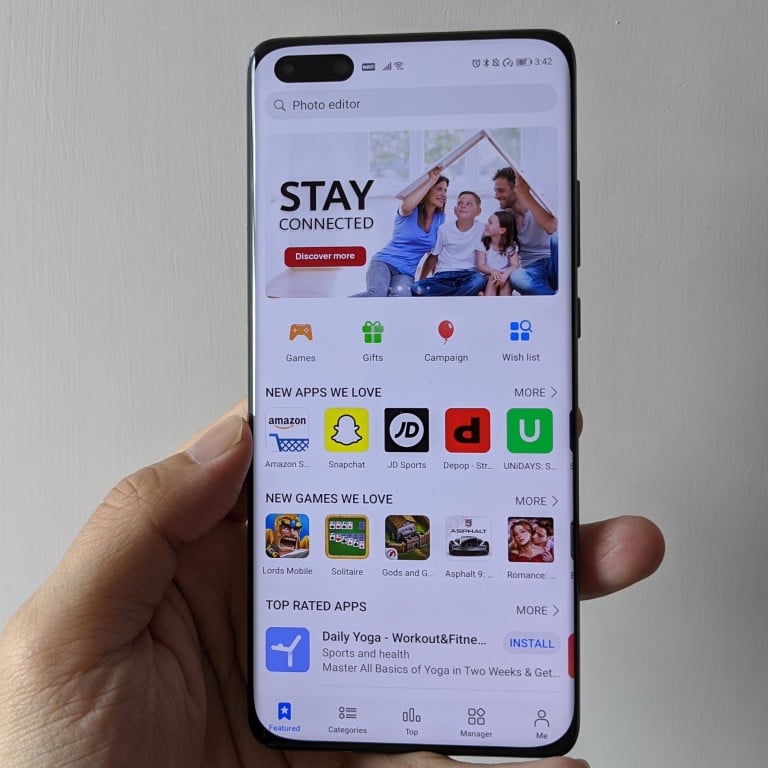
What Google ban? How to get Huawei phones working with US apps and services like Google Maps and Instagram
- The US government ban on Huawei working with American companies is not as dire as it sounds for people wanting a new Huawei phone
- Here are easy ways to get things like Google’s search and maps, Facebook, Instagram, WhatsApp, YouTube and Netflix onto Huawei phones
So you’re in the market for a new smartphone. You’ve heard plenty of great things about Huawei’s recent releases, which have cutting-edge hardware such as cameras that can see in the dark or a screen that folds in half. But you’ve also heard that the US government has banned Huawei from working with American companies, which means no Google services on Huawei phones.
The situation actually isn’t as dire as this for Huawei – or for its customers.
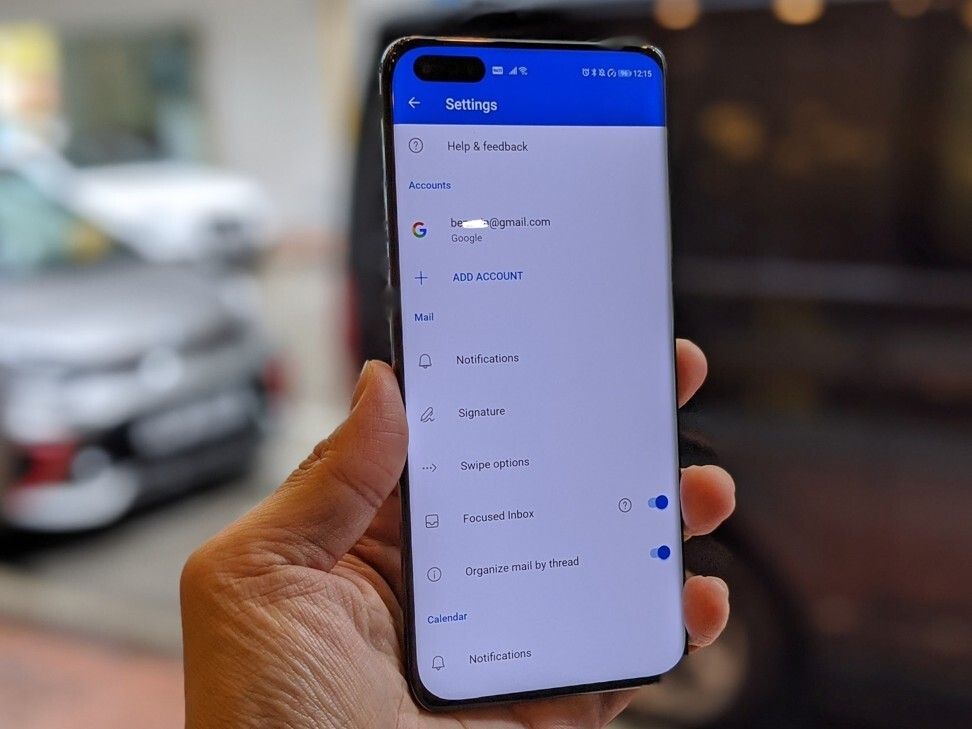
Every Huawei rep who has spoken on record over the past six months has insisted the company’s phones will not stop running Android. And there’s nothing the US government can do about that.
The reason is because Android was created as an open-source project, meaning it belongs to the public domain on the web, free and open for all to use. The ban placed by the US government only stops Huawei using the core part of Google’s Mobile Services.
Why China’s digital divide is not going away any time soon
Known as GMS, these are a collection of services with special APIs (application programme interfaces) designed by Google to allow for easy adoption by third-party developers. The services mostly cover Google’s cloud ecosystem, such as Google Drive and Docs, as well as YouTube and the Google Play Store.
Other Google apps that fall outside this umbrella, such as Google Maps and Chrome, work perfectly fine on a Huawei device. In fact, Gmail and Google Calendar work too, but only through third-party apps such as Microsoft’s Outlook.
Other popular American apps such as Facebook, Instagram, Twitter are not part of GMS, so they all run flawlessly on Huawei devices as well. But without Google Play Store, the platform from which most Android users download their apps, how will Huawei users get apps on their phones?
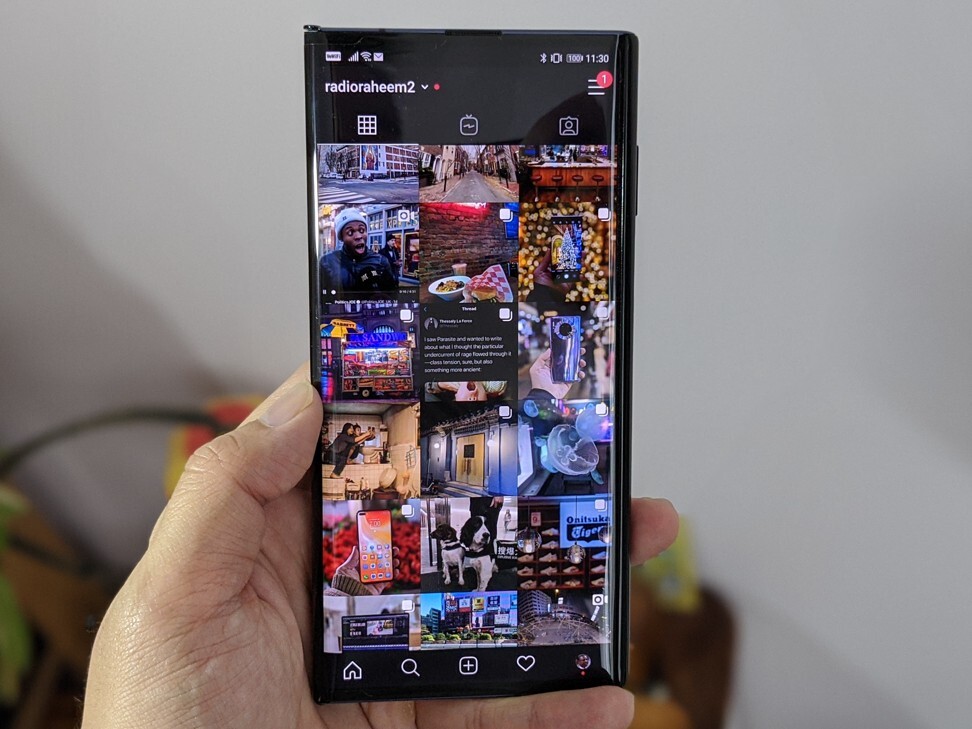

To get apps onto Huawei phones, the Chinese tech giant is offering two native options: the company’s own app store, named the AppGallery, and Huawei’s “Phone Clone” app, which allows a quick one-tap transfer of data from old phones to new phones.
The former is Huawei’s alternative to the Google Play Store, which has actually been available on Huawei phones for years, but mostly serving the mainland China audience.
Ever since the announcement of the ban last May, Huawei has pumped significant resources into building the app ecosystem for an international audience, including a US$1 billion initiative to entice developers in the West to join.
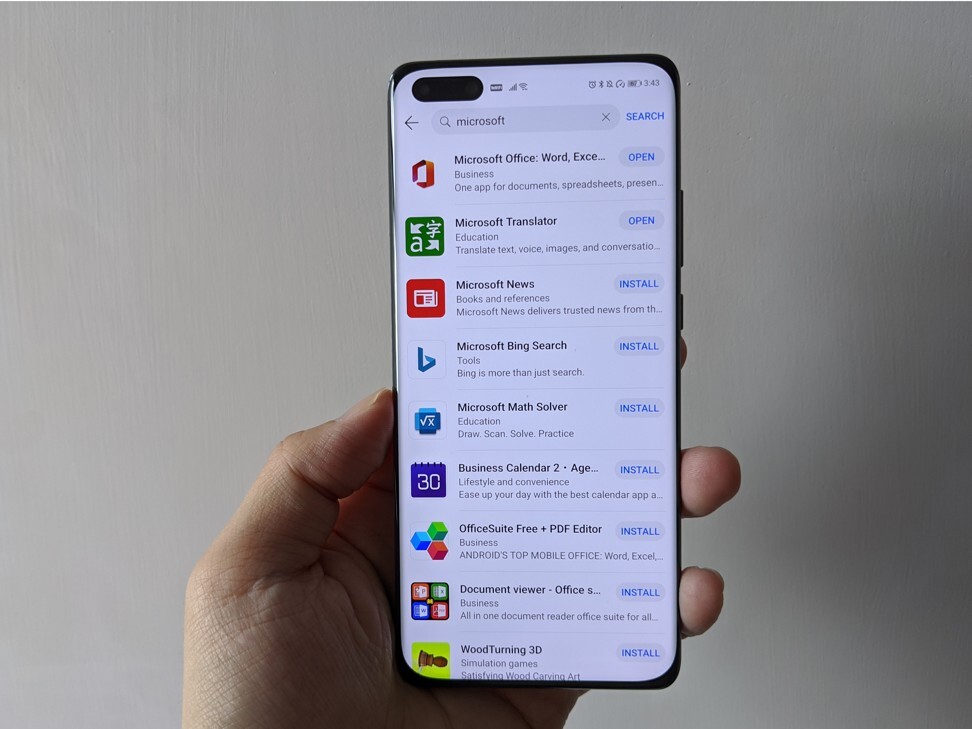
In the 10 months since, the AppGallery has already grown significantly from the China-centric version of the store last year. In Hong Kong, for example, just about all the major local corporations have jumped on board: TVB, OpenRice, Hong Kong Airlines, Now TV all have apps available on the AppGallery.
But of course, the biggest apps in the world, like Facebook and Instagram, are still unavailable.
This is where Huawei’s second option comes into play. The Phone Clone app allows easy one-tap transferring of data between any smartphone – iPhone or Android – to a Huawei device.
The process takes between five to 15 minutes, but once finished, most of the apps on the old device – Facebook, Instagram, among many others – will have been copied over to the new Huawei machine.
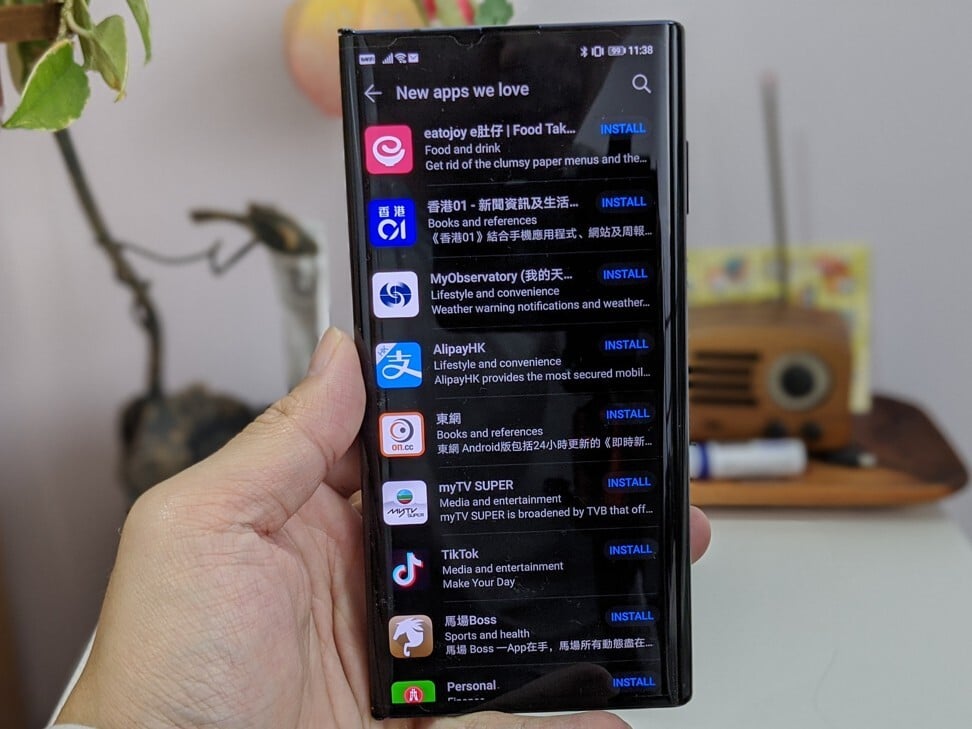
But what if you do not have another phone lying around to do the transfer? Or if the app you want isn’t on your old device?
For that, we have to turn to third-party websites that host APKs (Android application packages). The two most trusted are APK Pure and APK Mirror. Both are developed and curated by the Android developer community, and are widely used by industry insiders.

APK Pure is easier to use, as it offers its own app store that allows direct downloads. But APK Mirror, which hosts individual APK links for download, has a larger app database. With these two services, just about every popular app that is not in Huawei’s AppGallery is covered, from Spotify to Netflix.
After using the methods described, I was able to get the Huawei P40 Pro and Huawei Mate XS to work mostly like any other phone.
Navigation on Google Maps works; all popular social media apps run with no hiccups; we still get our emails and calendar alerts; and Google search is still available on any web browser, including Google’s own Chrome. Watching YouTube on a web browser is surprisingly just as intuitive as watching on the app.
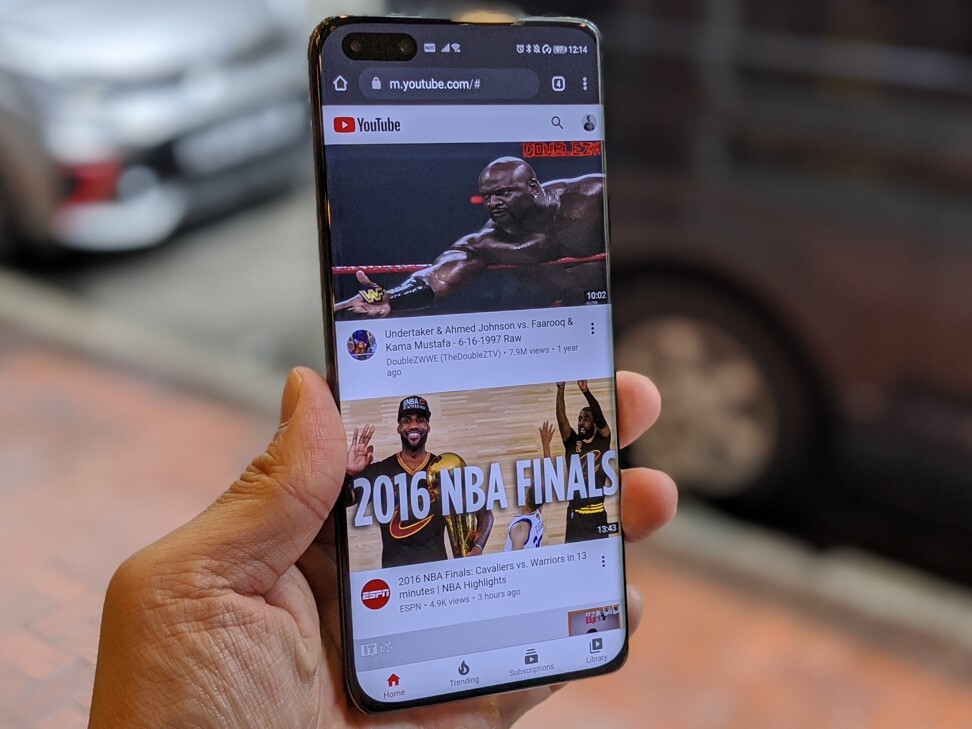
Not being able to access Google cloud services such as Drive, Docs and Photos is annoying at first, but there are big-name companies like Microsoft that offer the same services (the US government has not explained why Microsoft is allowed to work with Huawei but Google cannot).
If there’s one major obstacle for Hong Kong and European Huawei users, it may be this: Uber cannot run because it uses Google’s location tracking; and previous WhatsApp chat history will not carry over to a new Huawei device, because WhatsApp backs up chat history solely through iCloud (on an iPhone) or Google Drive (on an Android), and neither services can be used. You can still send and receive WhatsApp messages fine, however.
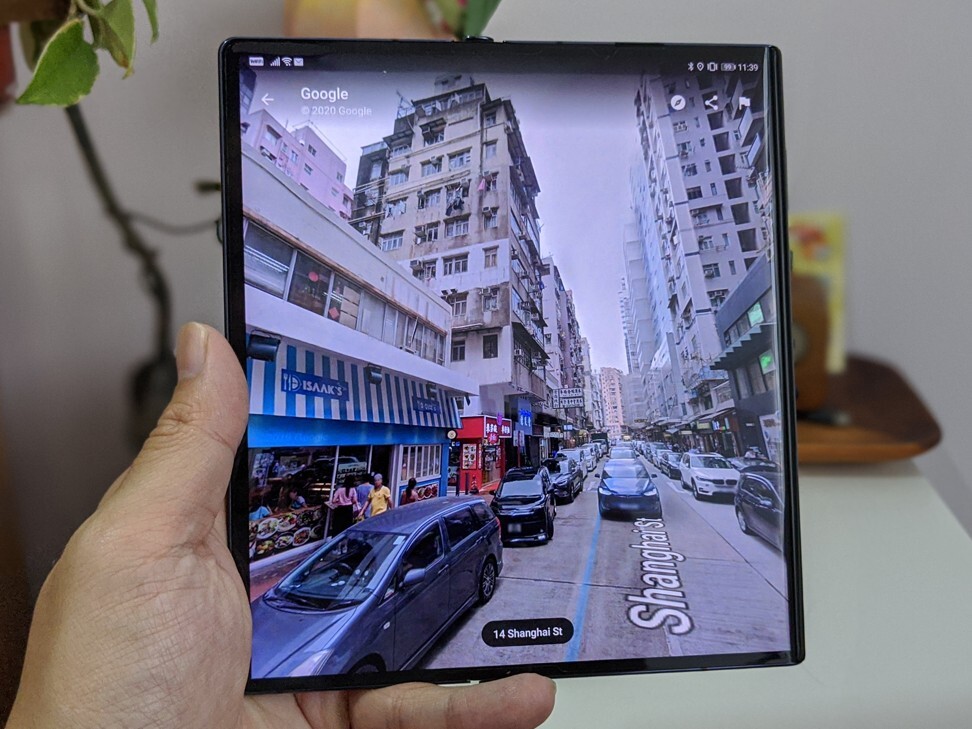
Needing to jump through multiple channels to acquire apps – not all of which will run properly – is never going to be ideal. But for me, the Google ban is surprisingly less crippling than I thought. Huawei phones still run, for the most part, fine.

